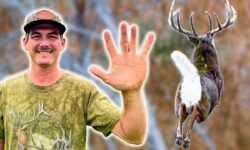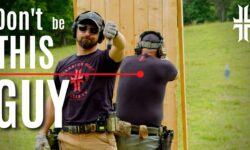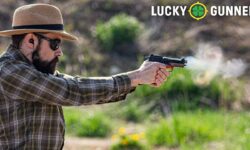What Are Hunting Coon Hounds and What Are Competition Coon Hunts?
The terms “scent hounds” and “sight hounds” are used to distinguish between hunting coon hounds. Their first pleasure is hunting, this is when you go out with friends and hunt purely for fun. The second form, known as competition coon hunting, is another method to hunt. Today I’d like to discuss the second kind with you.
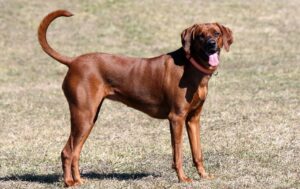
Coon hunting is a competitive sport in which you try to win rewards. You and your group team up to go hunting in a group called a “cast,” which is made up of four dogs. Each dog will have a handler, and it’s your job to look after them. There will also be someone who is designated as a “guide” in each cast. The guide is in charge of setting up a coon hunting location. They will also provide information about the land’s layout, such as streams and hills.
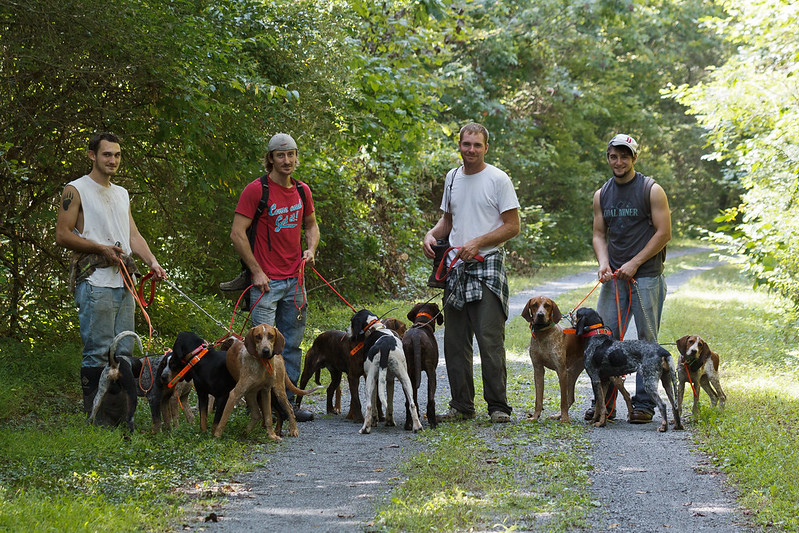
There will also be a judge among the cast. The judge is in charge of keeping track of all coon hounds’ scores on the scorecard. Judges also assist in the resolution of any conflicts that may arise. It’s possible for the judge and the guide to be the same person. In bigger hunts, such as the World Hunt, judges and guides may be “non-hunting guides” or “non-hunting judges,” depending on the requirements of the hunt. This implies that the only thing they care about is their assigned duty. This aids in maintaining the big coon hunt competitions remain competitive.
Now that you know how the competition coon hunts are structured, let’s talk about how the scoring system works. The dogs are judged on two different categories. “Strike” and “tree” are the two categories. The dog who first lets out a bawl and is called by his handler would receive “first strike” and the most points. This is repeated through all 4 spots. Every position receives somewhat less than the previous one. The next category for evaluation is “tree”. This is handled in the same manner as well, with the coon hound releasing a locate and changing to the faster “tree bark.” The tree bark is a “chop” for most coon hounds, but there are bawl mouth tree dogs as well.
Each registry has its own scoring system. For each position in the two categories, most coon hound registries provide 100, 75, 50, and 25 points respectively. The “tree” category, on the other hand, is worth 125, 75, 50, and 25 points in the United Kennel Club. The Professional Kennel Club has a point limit for tree points in which each position is shut after a given amount of time. The cast can only score the tree if the coon hound has been treed for five minutes.
Okay, now that you understand how the casts and scoring system works, I’ll go through how you score the trees. When you get to the tree, all of the coon hounds are leashed. All cast members will then begin searching for a raccoon in the tree once all coon hounds are chained away from the tree. A clock is started as soon after this happens, with everyone looking for a raccoon in the tree. Between 8 and 10 minutes is the typical time needed to search a tree for a coon. If a raccoon is discovered, the tree is rated as “plus.” That is, of course, what you want. If it’s clear that there aren’t any raccoons in the area, the tree is rated “minus,” as you’d expect. This isn’t good. If no coon is found, but there’s a possibility one could be hiding in the tree, it’s recorded as “circle.”When it comes down to a tie-breaker, only circle points count. A hollow tree or a bushy tree is an example of a circle tree. During the summer hunting season, you’ll see plenty of circle trees.
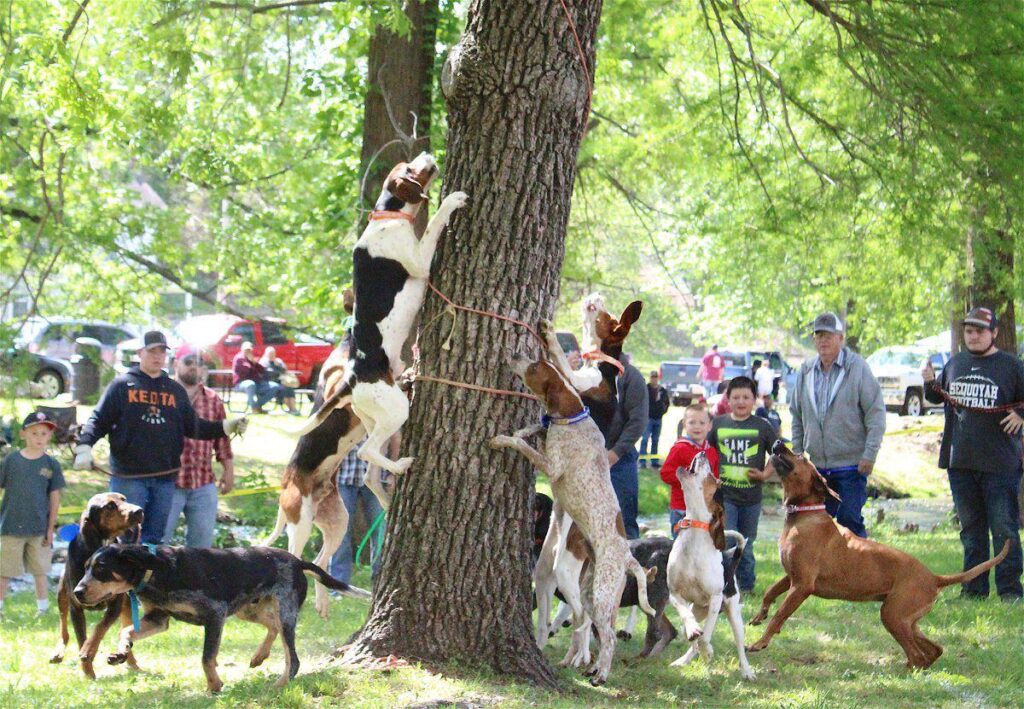
Now, you’ll have a good basis of knowledge for coon hunting competitions. Now it’s time to get your favorite coon hound and venture out to the nearest competition hunt.

